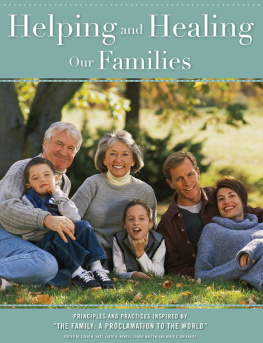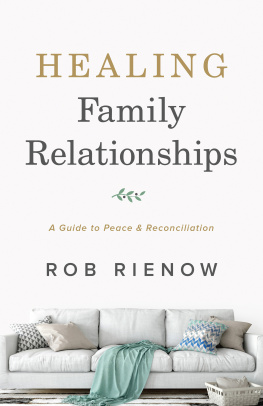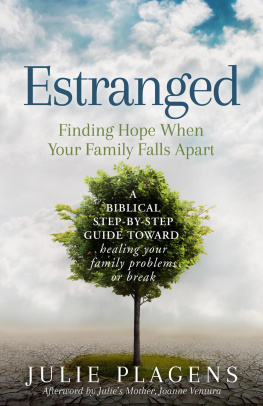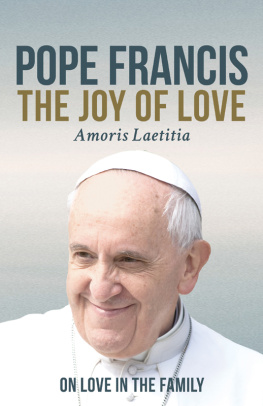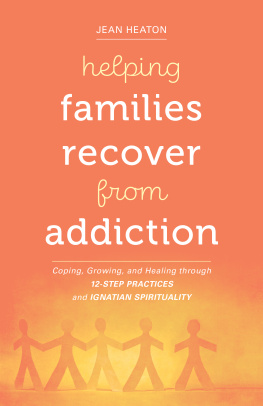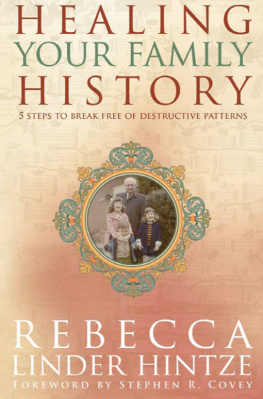

Copyright 2004 by Mark Sichel. All rights reserved. Except as permitted under the United States Copyright Act of 1976, no part of this publication may be reproduced or distributed in any form or by any means, or stored in a database or retrieval system, without the prior written permission of the publisher.
ISBN: 978-0-07-176753-8
MHID: 0-07-176753-3
The material in this eBook also appears in the print version of this title: ISBN: 978-0-07-141242-1, MHID: 0-07-141242-5.
All trademarks are trademarks of their respective owners. Rather than put a trademark symbol after every occurrence of a trademarked name, we use names in an editorial fashion only, and to the benefit of the trademark owner, with no intention of infringement of the trademark. Where such designations appear in this book, they have been printed with initial caps.
McGraw-Hill eBooks are available at special quantity discounts to use as premiums and sales promotions, or for use in corporate training programs. To contact a representative please e-mail us at bulksales@mcgraw-hill.com.
Trademarks: McGraw-Hill, the McGraw-Hill Publishing logo, Schaums and related trade dress are trademarks or registered trademarks of The McGraw-Hill Companies and/or its affiliates in the United States and other countries, and may not be used without written permission. All other trademarks are the property of their respective owners. The McGraw-Hill Companies is not associated with any product or vendor mentioned in this book.
TERMS OF USE
This is a copyrighted work and The McGraw-Hill Companies, Inc. (McGraw-Hill) and its licensors reserve all rights in and to the work. Use of this work is subject to these terms. Except as permitted under the Copyright Act of 1976 and the right to store and retrieve one copy of the work, you may not decompile, disassemble, reverse engineer, reproduce, modify, create derivative works based upon, transmit, distribute, disseminate, sell, publish or sublicense the work or any part of it without McGraw-Hills prior consent. You may use the work for your own noncommercial and personal use; any other use of the work is strictly prohibited. Your right to use the work may be terminated if you fail to comply with these terms.
THE WORK IS PROVIDED AS IS. McGRAW-HILL AND ITS LICENSORS MAKE NO GUARANTEES OR WARRANTIES AS TO THE ACCURACY, ADEQUACY OR COMPLETENESS OF OR RESULTS TO BE OBTAINED FROM USING THE WORK, INCLUDING ANY INFORMATION THAT CAN BE ACCESSED THROUGH THE WORK VIA HYPERLINK OR OTHERWISE, AND EXPRESSLY DISCLAIM ANY WARRANTY, EXPRESS OR IMPLIED, INCLUDING BUT NOT LIMITED TO IMPLIED WARRANTIES OF MERCHANTABILITY OR FITNESS FOR A PARTICULAR PURPOSE. McGraw-Hill and its licensors do not warrant or guarantee that the functions contained in the work will meet your requirements or that its operation will be uninterrupted or error free. Neither McGraw-Hill nor its licensors shall be liable to you or anyone else for any inaccuracy, error or omission, regardless of cause, in the work or for any damages resulting therefrom. McGraw-Hill has no responsibility for the content of any information accessed through the work. Under no circumstances shall McGraw-Hill and/or its licensors be liable for any indirect, incidental, special, punitive, consequential or similar damages that result from the use of or inability to use the work, even if any of them has been advised of the possibility of such damages. This limitation of liability shall apply to any claim or cause whatsoever whether such claim or cause arises in contract, tort or otherwise.
Contents
Acknowledgments
I am deeply grateful to my wife and best friend, Cindy Kasovitz Sichel, who never ceases to amaze and inspire me. Her encouragement, support, and generosity have made this book possible. I am thankful to her as well for serving as a model to our children, Steven and Kenneth Sichel, Jeanne and Ross Kasovitz; they are all truly a gift that never stops giving.
My deepest appreciation goes also to Guy Blake Kettelhack, my editorial collaborator and wise writing mentor; Stephanie Von Hirschberg, my literary agent who had the courage and wisdom to support this project; and to Judith McCarthy, my editor at McGraw-Hill whose clarity and vision provided me with the structure to complete this work.
I owe a deep debt to the many clients who entrusted me to collaborate in their efforts to make sense out of their experiences, and whose struggles and triumphs continue to deepen my understanding of life, love, and family.
Last, I want to thank the members of my second-chance family, whose influence and support have been life sustaining, especially Tess Rosenfeld, Lisa and Lloyd Zeiderman, Cheryl, Randall, and Amanda Rothenberg, and my friend and brother Thomas Glasser and all the other heroes who gave their lives on September 11, 2001, so that we may continue to live in freedom and dignity.
Introduction
Stopping the War
Thats it. Ive had it. I never want to see or hear from you again.
These words are terrible, whoever says them. But when they come from your mother, father, son, daughter, sister, brother, or spouseor when you find yourself saying them yourself to a family memberyou know, for the moment, what hell is like.
Maybe not right off. Maybe you even feel relief, a rush of justifiable anger armoring you against the assault youve just received or given. Angry banishments dont come from nowhere. They usually erupt out of years of backed-up resentments, long-held grudges. They may follow intolerable mental, emotional or physical abuse. In fact, at least in the short term, sometimes they can mark a much-needed release and relief (Thank God I dont have to deal with him anymore ).
But soon, however justified or inevitable the explosion may have seemed, however determinedly resigned you may have tried to be about a family cutoff, feelings almost always start to change. Bad dreams may haunt you. Toxic resentments and regrets increase with a sickening resurgence (How could he? How could she? or How could I have said that to her [or to him]?); now they really wont let you go. Guilt flips to vengeful fantasy, self-righteous indignation to shame, rage to depression and back again. However shaky your familys bonds may have been to begin with, however little or much love you may have felt toward or from them over the years, the idea that those bonds have been eradicated almost always wreaks a terrible havoc.
When we deal with family, we deal with some of our most deeply entrenched fears and yearnings. The parent/child relationship in particular is mightily charged. Losing a mother or father or child or sibling as the result of family exile can be as traumatic as losing them to death. Sometimes a good deal more, because death, at least, is usually not seen as anyones fault. Whatever we may say that we feel or think or believe about our families, almost inevitablydeep downwe yearn for connection to them.
If youve picked up this book, its likely you know this already. Youve already had a taste of the despair of feeling severed from ties that onceperhaps very long ago, perhaps not so long agoyou probably never believed could break as irreparably as they may appear to have broken now.
Maybe the worst part is the secrecythe feeling that you couldnt possibly tell anyone what youre going through. A family is supposed to mean love, not hate. How could you admit to anyone what youve seen and heard your family do and say?
Next page

